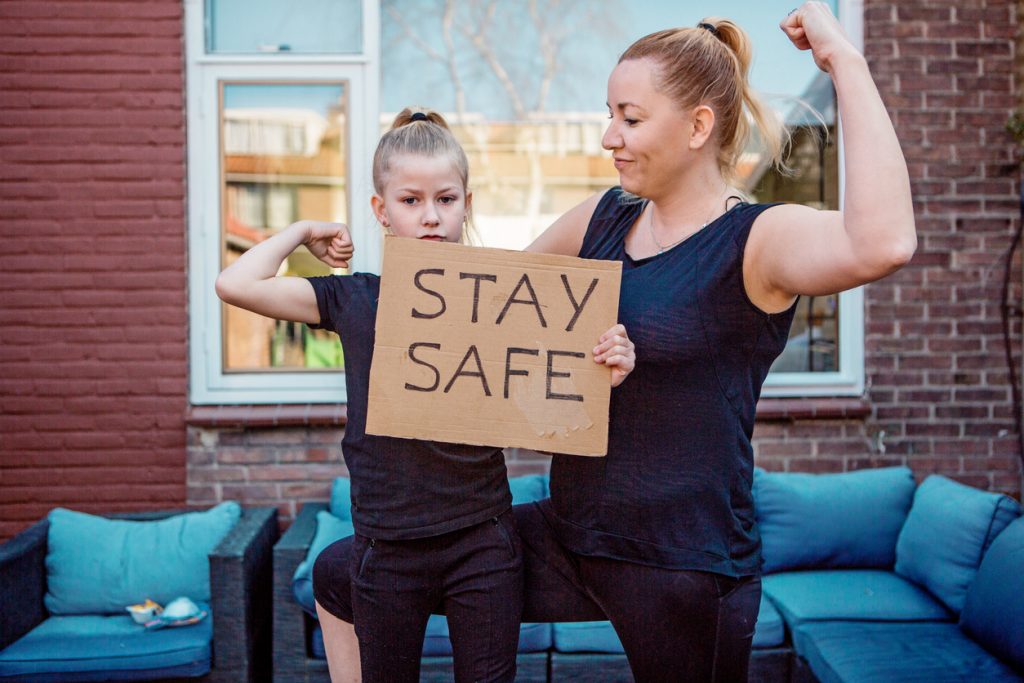The pandemic has changed life as we know it. Everything looks different than it did six months ago, and that includes the world of sports. In early March, most sports were forced to end their seasons prematurely, sending their athletes into an unexpected hiatus. Instead of nightly practices and weekend games, young athletes were often at home with increased screen time and struggling to find ways to stay in shape without sports and gyms to do it in. As we have slowly started emerging in our area from this shutdown, our sports medicine clinics have become filled with injuries related to lack of activity and training over the shutdown and quick return to high-level activities.
Baseball and softball, being the first sports in our area to return, have the first athletes to experience what it is like going from “0 to 60” in terms of activity. Most teams had a few practices and immediately returned to weekend tournaments leaving many athletes with sore shoulders and elbows.
The purpose of this post is not to talk about “if” your child should return to his or her sport when the opportunity becomes available. This will need to be a personal choice made by your family, by the number of cases in your area and by the guidelines of local officials. The purpose here is to provide a few practical tips as your child gets back on the field or in the gym after a prolonged break from activity.
Tips for Parents with Kids Returning to Sports:
Take it slow!
Going from nothing to competition in a week or two isn’t great for the body. For throwing sports, elbows and shoulders need to slowly build back up their strength to be able to endure full games, especially for those pitchers and catchers that do the most throwing. Athletes should be resuming strengthening programs and gradually build up throws and pitch counts over a period of weeks. For lower body athletes, like soccer players, gradually building up running endurance will be important. Part of practice should be jogging to build up the body and to strengthen the legs. Including plyometrics and stretching will also be important.
Don’t forget it is summer!
Some sports have moved their season to the summer because of the prolonged time off. Summer, especially in our area, can be very hot! It means practicing and playing games when the temps can climb into the 90s. Kids will need to slowly build up their tolerance for the heat, something called acclimatization. It means slowly practicing more in the heat so the body can get used to it. Make sure kids pack plenty of water and cooling towels, wearing light moisture-wicking clothing, and get breaks in the shade. Also, make sure that there is a plan in place for the possibility of overheating in your athletes.
Be responsible fans!
Although we always talk about being responsible parents and fans in terms of good sportsmanship (and this is still the case!), we also need to think about fan/parent responsibility in the COVID-19 era. Many activities still mandate masks for parents and fans on the side. Don’t get lax about this! It is meant to keep you and your young athletes safe and on the field. Stay 6 feet apart from others if they are not in your family group. Keep your athlete home or keep yourself home if you are not feeling well. Better safe than sorry!
We all want to be able to have our athletes safely return to sports and get much needed physical activity they may have been lacking the last few months. I know my kids have enjoyed seeing teammates (at a distance!), getting their bodies moving, and it has been great for their mental wellbeing as well.






Comments